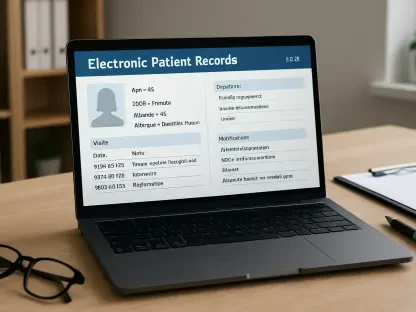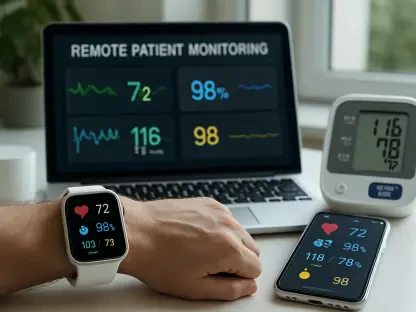Recent studies have shed light on a pressing challenge facing the U.S. healthcare system: the impact of extensive IT service disruptions. A notable study published in JAMA Network Open reveals a striking incident involving a massive CrowdStrike outage. This disruption has had far-reaching effects on the digital services of 759 hospitals across the nation. More than 20% of these disruptions were reported to have impacted patient-facing services, underscoring the potential risks associated with digital infrastructure in healthcare. The study employed a computational approach to probe open, public-facing network ports and Fast Healthcare Interoperability Resources (FHIR) endpoints, offering a method for quantifying mass downtime events in healthcare facilities, particularly those that rely on Epic EHR systems. This research highlights an urgent need for healthcare sectors to develop methodologies for real-time assessment of digital infrastructure availability, pointing to the pressing necessity for robust systems that can monitor these critical technologies.
Disruption Analysis and Its Implications
The CrowdStrike outage identified in the study caused disturbances in 34% of the 2,232 hospitals scanned on July 19, 2024. A faulty software update led to global IT outages, affecting various services within healthcare organizations. The researchers categorized these disruptions into three primary areas: patient-facing services, hospital operations, and research activities. Services oriented towards patients, such as imaging platforms and patient portals, were significantly impacted, compromising essential diagnostic and communication tools. Hospital operations suffered as well, with disruptions affecting crucial systems like email, staff scheduling, and security measures. The varying recovery times, with some extending beyond 48 hours, underscore the risks posed to patients due to staff shortages and impaired communication. Such disruptions can result in delays in medical procedures and diagnoses, emphasizing the need for contingency plans to mitigate these adverse effects.
The study’s methodology was not exhaustive; various challenges remain, such as alternative causes for unresponsive endpoints and difficulties in measuring cloud-hosted or firewalled services. Still, it provides a groundbreaking effort in assessing how the healthcare sector has been affected by the CrowdStrike incident. The research supports the ongoing development of monitoring systems designed for the early detection of adversities like ransomware attacks or data center failures. The findings highlight an increasing dependency on digital infrastructures within healthcare, raising concerns about ensuring continuous operation of these technologies. Proactive monitoring and scanning of internet accessibility could serve as early warning strategies for impending technological disruptions, alerting institutions to potential vulnerabilities before patient care is endangered.
Future Direction in Monitoring and Response
Recent studies have highlighted a critical challenge for the U.S. healthcare system: significant IT service disruptions. Research published in JAMA Network Open focuses on a major CrowdStrike outage, affecting digital services in 759 hospitals nationwide. Alarmingly, over 20% of these disruptions impacted patient-facing services, highlighting potential risks tied to healthcare’s digital infrastructure. The study applied a computational method to investigate open, public-facing network ports and Fast Healthcare Interoperability Resources (FHIR) endpoints. This approach helps quantify large-scale downtime events, particularly in facilities using Epic EHR systems. Findings stress an urgent need for healthcare sectors to develop strategies for real-time digital infrastructure assessment, emphasizing the critical necessity for robust systems capable of monitoring these essential technologies effectively. The research signals a call to action, urging health organizations to ensure their digital frameworks can withstand such disruptions and safeguard patient services.









